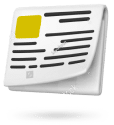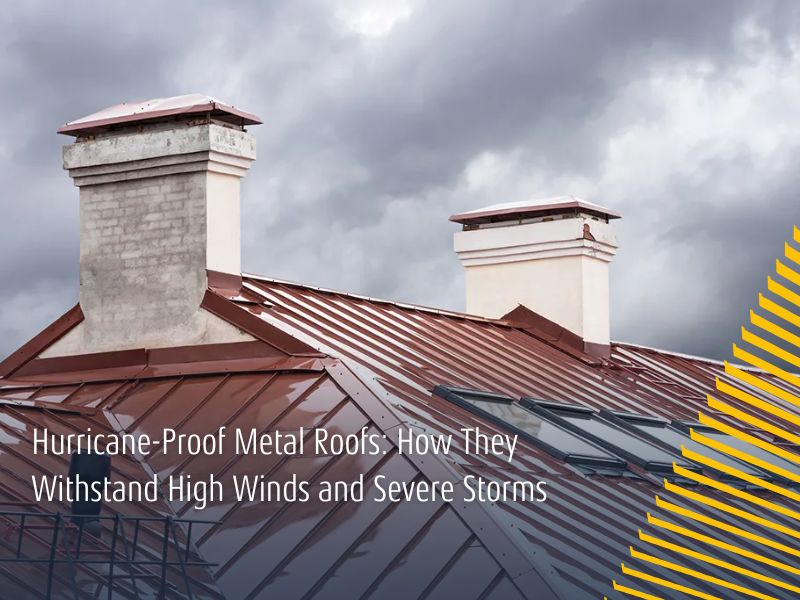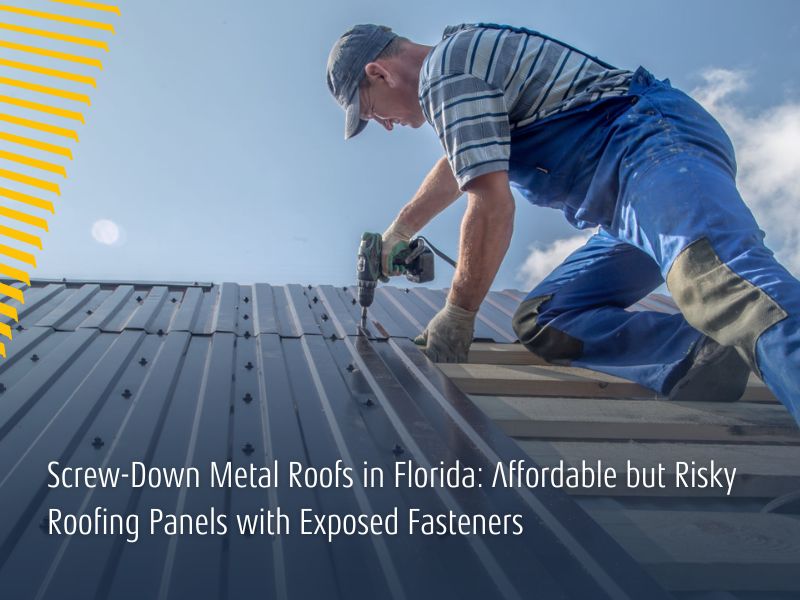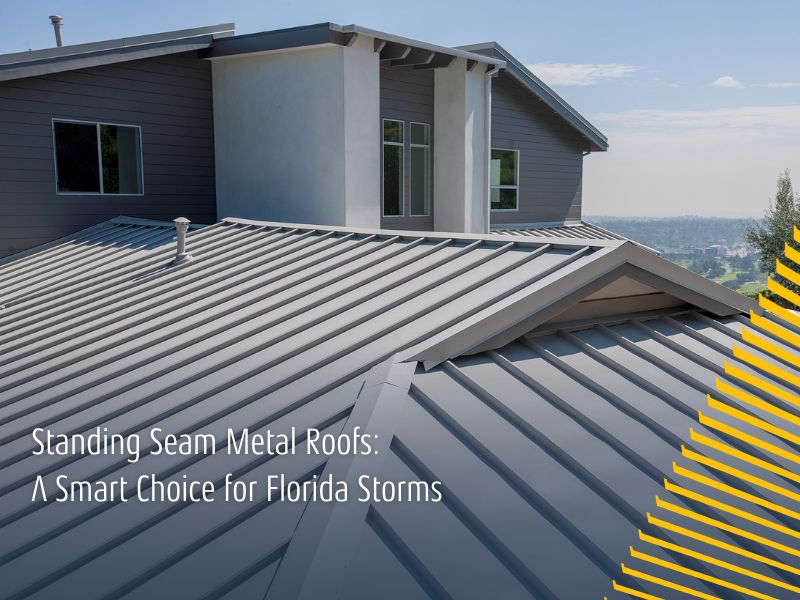Hurricanes, tornadoes, and other severe weather events pose serious risks to homes across hurricane-prone regions. For homeowners, selecting the right roof can mean the difference between minor repairs and catastrophic damage. Metal roofs have become a popular solution because of their high-wind resistance, impact resistance, and durability during high-velocity hurricane events. This article explores why hurricane-proof metal roofs are a top choice, how they perform under extreme conditions, and what you should know to protect your home.
Outline
- Why Choose a Metal Roof in Hurricane-Prone Areas
- How Metal Roofs Withstand High Winds
- What Makes a Roof Hurricane-Proof
- Roof Materials Comparison: Metal vs Traditional Options
- Understanding Roof Uplift and Wind Resistance
- Role of Fasteners, Flashings, and Sealants
- Roof Pitch and Design Considerations for High-Wind Areas
- Roof Inspections and Maintenance Before Hurricane Season
- Roof Codes and Building Standards for Severe Weather
- Preparing Your Home with the Right Roof Choice
Why Choose a Metal Roof in Hurricane-Prone Areas
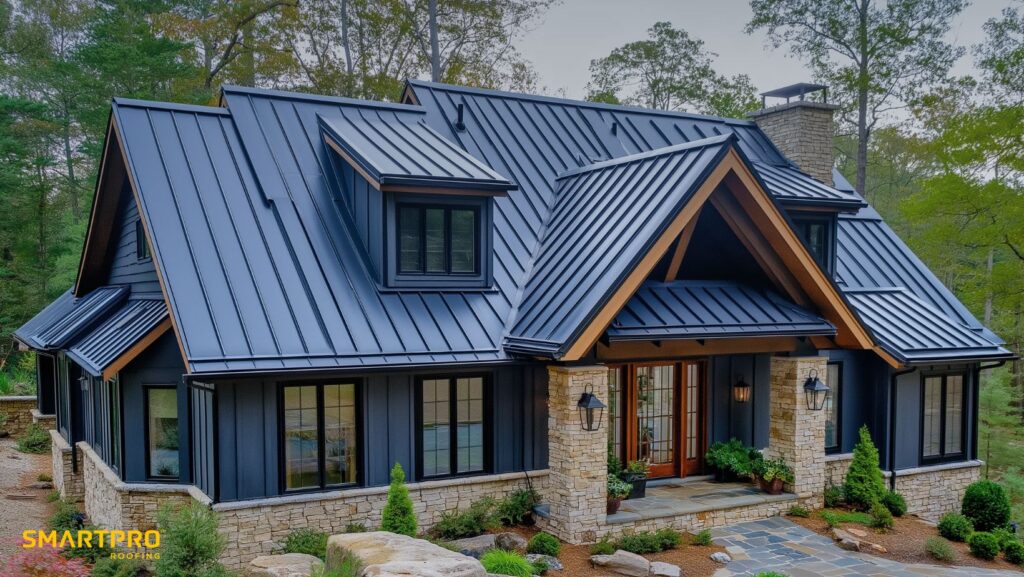
Metal roofs are engineered to provide superior protection against hurricanes, high winds, and flying debris. A hurricane-proof metal roof offers durability that traditional roofing materials like asphalt shingle, clay tile, or wood shake cannot match. These roofs are designed to withstand wind-driven rain and extreme wind speeds, often exceeding 120 mph. In regions like Miami-Dade County, building codes recognize metal panels and standing-seam systems as effective roofing solutions for hurricane protection.
Choosing a metal roof for your home can also improve long-term durability. Not only do they resist water damage and corrosion, but metal roofs require fewer repairs and have longer lifespans compared to other roofing options. Homeowners investing in metal panels benefit from a roof that holds up even in Category 1 or higher hurricanes.
For homeowners interested in an exact cost estimate for hurricane-proof roofing, SmartQuote provides an online tool that calculates a complete roof replacement price instantly: Get Your SmartQuote.
How Metal Roofs Withstand High Winds
Metal roofs achieve high-wind resistance through interlocking panels, standing seams, and additional fasteners that secure the roof deck. These systems help roofs withstand high wind events and prevent uplift caused by wind pressure. Proper installation by professional roofing teams ensures panels interlock correctly, flashings are sealed, and adhesives are applied at critical points.
Unlike shingle roofs that can peel off during 120 mph winds, metal roofs remain intact, even when exposed to wind-driven rain and flying debris. The standing-seam system, in particular, provides a continuous surface that resists tearing and reduces the risk of roof failure.
SmartQuote makes it easy to explore different metal roof systems online and see exactly how much a high-wind resistant roof will cost: Check SmartQuote for Metal Roof Pricing.
What Makes a Roof Hurricane-Proof
Hurricane-proof roofs are designed to meet or exceed building codes in high-velocity hurricane zones. Key factors include:
- High-wind ratings validated by UL testing
- Use of additional fasteners at gable edges and rafter connections
- Durable underlayment systems to prevent water intrusion
- Proper roof pitch and hip roof designs to reduce uplift
Professional roofing contractors often recommend metal roofs because they combine impact resistance, wind resistance, and durability in one system. During Hurricane Andrew, homes with properly installed metal roofs fared far better than those with traditional roofing materials.
Roof Materials Comparison: Metal vs Traditional Options
Traditional roofing materials like asphalt shingles, wood shake, or clay tile are more susceptible to damage during high winds and severe weather. Asphalt shingle roofs may peel, and clay tiles can crack under debris impact. Metal panels, on the other hand, resist high-velocity winds, debris impact, and water infiltration.
Metal roofs are lightweight but extremely durable. This combination reduces stress on the roof deck and allows fasteners to maintain secure attachment even under Category 1 hurricane conditions or tornado-force winds.
Understanding Roof Uplift and Wind Resistance
Roof uplift occurs when wind gets under a roof and lifts it from the structure. Metal roofs reduce this risk through interlocking systems and proper fastening patterns. Professional roofers follow strict guidelines for placement of fasteners, flashings, and underlayment to maximize wind resistance.
The design of the roof, including roof pitch and standing-seam panels, plays a critical role. Hip roofs often perform better than gable roofs in hurricane-prone areas because of their aerodynamic profile, which reduces uplift.
Role of Fasteners, Flashings, and Sealants
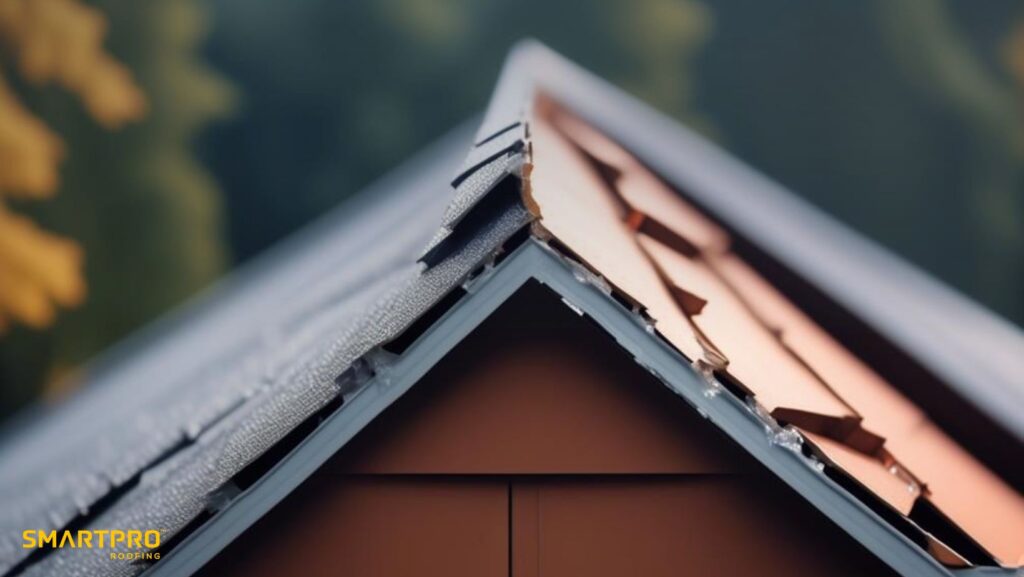
Fasteners, flashings, and sealants ensure a metal roof can withstand high winds and water intrusion. Using additional fasteners at gable edges, along rafter lines, and at critical penetration points helps prevent panels from being torn off during hurricanes. Sealants provide extra protection around vents, roof penetrations, and roof edges.
Regular roof inspections and maintenance are essential to verify that all fasteners and flashings remain secure. SmartQuote allows homeowners to compare costs for roofs installed with these hurricane-resistant features: Explore Metal Roof Options with SmartQuote.
Roof Pitch and Design Considerations for High-Wind Areas
The pitch of your roof affects how it handles wind. Steeper slopes can catch more wind, potentially increasing uplift forces, while moderate pitches in hip roof designs are ideal for hurricane-prone regions. Roof decks and underlayment systems must be installed according to local building codes to ensure the roof can withstand Category 1 or higher hurricane conditions.
Metal panels are versatile and can be installed on both low-slope and moderate-slope roofs, making them suitable for a wide range of home designs.
Roof Inspections and Maintenance Before Hurricane Season
A professional roof inspection is recommended before hurricane season to check for loose fasteners, damaged underlayment, or wear in roof membrane areas. Even a small issue can compromise your roof’s ability to withstand high winds and heavy rainfall. Roof maintenance ensures your roof performs as intended during severe weather.
SmartQuote also provides guidance on replacement costs if your inspection indicates your roof needs an upgrade to meet hurricane and tornado standards: Get a SmartQuote for Replacement.
Roof Codes and Building Standards for Severe Weather
Local building codes in high-velocity hurricane zones, such as Miami-Dade County, dictate minimum requirements for roof impact resistance, uplift resistance, and installation practices. Metal roofs must comply with Class 4 impact resistance ratings and follow strict fastener patterns to qualify as hurricane-proof roofs. Following these standards reduces insurance risks and ensures long-term durability.
Preparing Your Home with the Right Roof Choice
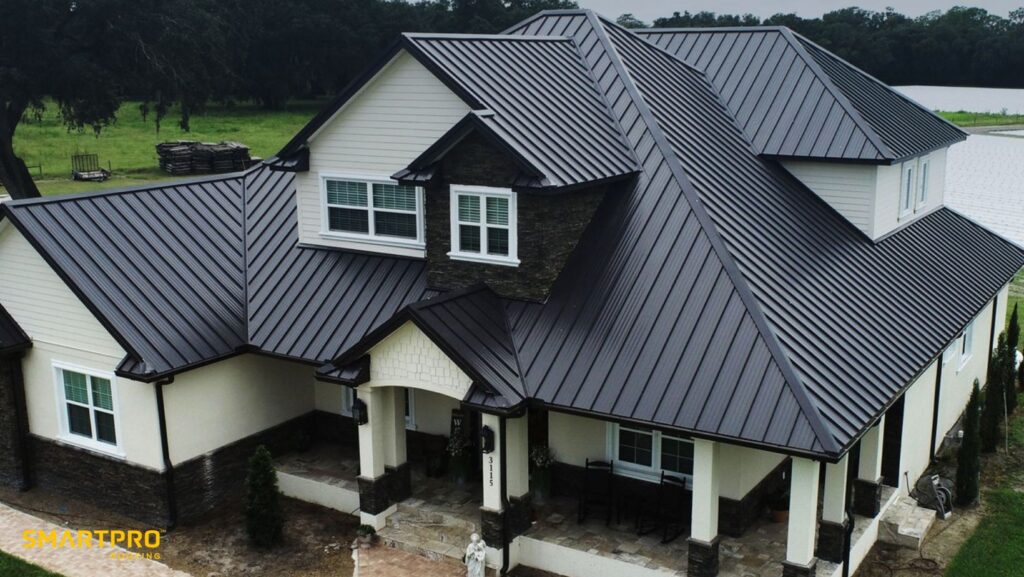
Choosing the right roof involves understanding material performance, local building codes, and your home’s unique risks. Metal roofs are designed to protect against hurricane winds, wind-driven rain, debris impact, and even tornado-force gusts. By selecting an experienced roofing contractor and properly installed hurricane-proof metal roof, homeowners can safeguard their investment.
Planning your roof replacement with SmartQuote ensures exact online pricing and helps you plan a hurricane-ready roof project without in-home sales visits: Start Your SmartQuote Today.
Roof Replacement Planning Checklist
- Inspect your current roof for damage or weak points
- Consider local weather patterns and hurricane season timing
- Use SmartQuote to get an exact, online price for a hurricane-proof metal roof
- Schedule your roofing project for optimal conditions and contractor availability
Key Takeaways
- Metal roofs are highly effective against hurricanes, high winds, and tornadoes
- Standing-seam and interlocking panels provide superior wind resistance
- Fasteners, flashings, and sealants are essential for uplift protection
- Hip roof designs reduce wind forces better than gable roofs
- Regular roof inspections and maintenance ensure long-term hurricane protection
- SmartQuote enables homeowners to get exact, online pricing and plan roof replacements efficiently
Get Your Hurricane-Ready Metal Roof with SmartQuote
Ready to see exactly what your roof replacement will cost, and buy it entirely online without the sales pitch? Get your free SmartQuote today in just minutes through SmartPRO Roofing’s platform: Get Your SmartQuote.






